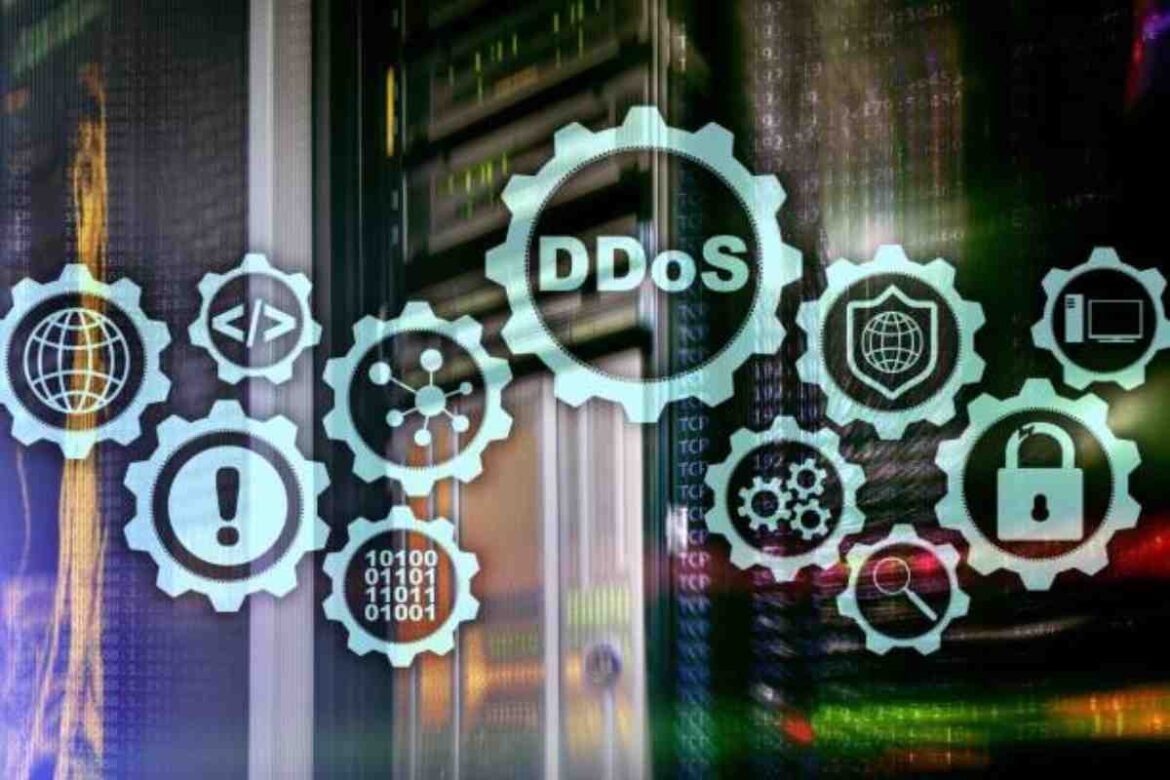Table of Contents
Introduction
Distributed Denial-of-Service (DDoS) attacks have evolved dramatically, shifting from smaller floods to hyper-volumetric, multi-vector threats that can overwhelm systems in minutes. For security and network engineers, ensuring robust infrastructure isn’t just about patching vulnerabilities; it’s about architecting resilient environments from the outset. As such, DDoS-protected hosting has become a critical requirement for managed service providers, ISPs, and enterprise platforms alike.
1. Understanding the Hyper-Volumetric Threat Landscape
The scale of modern DDoS attacks demands infrastructure tied to real-world examples:
- In October 2024, an ISP in East Asia was targeted by a 6 Tbps volumetric attack using a Mirai-variant botnet—over 13,000 IoT devices flooded servers in just 80 seconds.
- More recently, Cloudflare defended against a staggering 3 Tbps flood, delivering 37.4 TB of traffic in 45 seconds, using fast UDP-driven amplification.
If infrastructure isn’t prepared for such scale, even short-lived assaults can disrupt services, overload routing, and cause cascading failures across regions.
2. The Commercial Toll of Unprotected Infrastructure
DDoS isn’t just a technical headache but also a financial one:
- Zayo reports that organisations lose on average $6,000 per minute during attacks, equating to around $408,000 per incident (68-minute average).
- Help Net Security confirms that 45-minute attacks are now common, with average per-attack costs of $270,000.
These figures illustrate that investing in DDoS protected hosting offers not only uptime but a rapid return via saved incident response and reputation preservation.
3. What “DDoS Protected Hosting” Should Deliver
In real-world hosting environments, protection must be both intelligent and performance-aware:
- Edge-based, always‑on filtering to stop malicious packets before they reach core infrastructure.
- Multi-layer inspection that covers volumetric traffic (L3/4) and targeted application floods (L7).
- Scalability capable of handling terabits of attack traffic without manual intervention.
- Per-tenant policy control in multi-tenant, cloud, or managed service platforms.
- Automation via API and orchestration to trigger cloud-scrubbing only when thresholds are breached.
- Deep visibility tools, enabling site-wide correlation between traffic anomalies and defence events.
4. Architecting a Resilient Hosting Stack
Engineers can structure defence in three layers:
- Edge Nodes – Inline mitigation appliances filter attack traffic directly at peering or data-centre edges.
- Core Aggregation and Analysis – Telemetry (netflow, sflow, packet captures) refines detection and informs system tuning.
- Cloud Overflow – Anycast scrubbers handle extreme volumetric surges, triggered automatically when local thresholds are exceeded.
By combining inline defences with cloud scale, attacks are segmented and mitigated without network-wide disturbance.
5. Mitigation in Practice: Hybrid Deployment
A secure deployment sequence:
- Profile traffic baselines across key ingress points.
- Deploy inline appliances in pilot environments; verify latency and throughput metrics.
- Automate escalation into cloud-cleaning via defined thresholds.
- Expose dashboards and APIs for tenants to observe mitigation events in real time.
- Regular testing through simulated packet floods and forensic analysis post-attack.
This process enables fast detection and ensures mitigation remains reliable under actual conditions.
6. Performance Benchmarking Essentials
Latency matters for real-time services. Test for:
- Microburst handling—evaluate buffer depth and PPS threshold response.
- Stateful vs stateless inspection—ensure systems don’t fail under SYN/UDP floods.
- Encrypted payload handling—plan around TLS overheads and offload as needed.
Measurement must match live traffic profiles, not just lab throughput numbers.
7. Staying Ahead of Emerging Threats
The threat landscape continues to evolve with:
- QUIC-based HTTP/3 floods
- Carpet-bomb style attacks targeting vast subnets
- Botnets are orchestrated via AI to constantly change tactics
Solutions should offer:
- ML-driven detection with adaptive baselining
- Real-time signature and threat feed updates
- Support for industry standards like DOTS (DDoS Open Threat Signalling) to share threat indicators upstream
This proactive stance ensures infrastructure remains prepared for evolving disruptions.
8. Quantifying Protection Economics
Building protection into hosting infrastructure becomes a clear business decision:
- Compare the cost of inline mitigation against the typical $270K–$400K hit per incident
- Calculate savings from reduced support calls and downtime
- Protect revenue through stronger SLAs and customer retention
- Avoid brand damage and regulatory penalties tied to availability breaches
By modelling against real incident metrics, DDoS protected hosting becomes framed as a business enabler, not just a technical feature.
Conclusion
For network and security engineers, DDoS protected hosting is no longer optional but an essential defence. With threats now peaking at terabit-scale, and costs in the hundreds of thousands per incident, infrastructure without inline, scalable protection is a vulnerability waiting to be exploited.
By architecting protected hosting into your design, leveraging edge-based filtering, automation, and threat intelligence, teams can sustain uptime, reduce incident overhead, and deliver real value to customers. Remaining calm when attack traffic erupts is not luck, it’s engineering.

